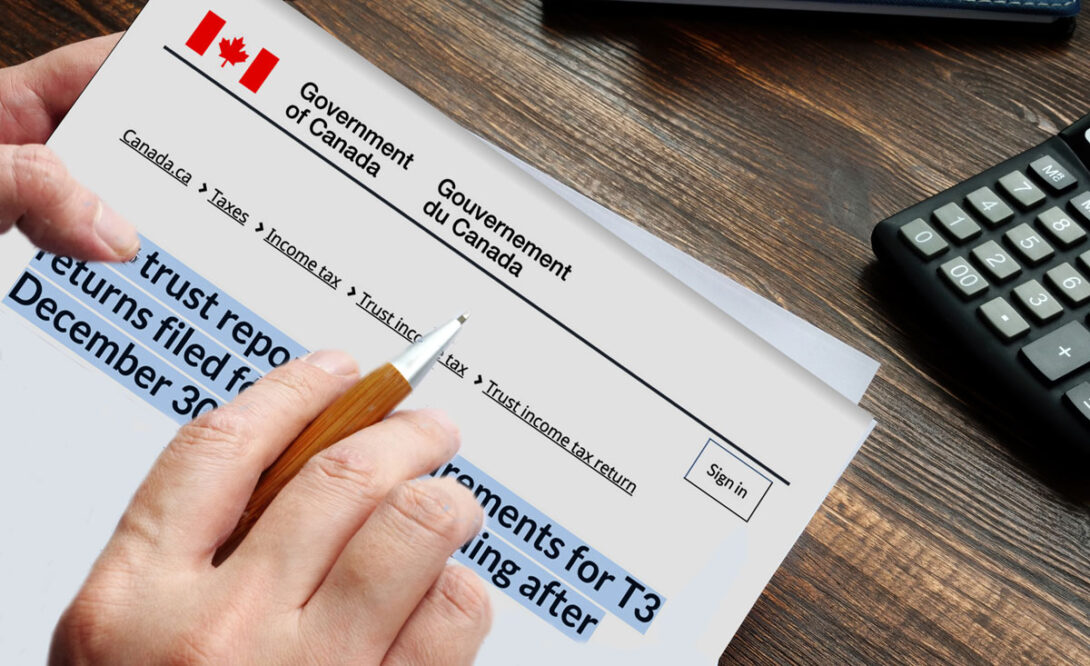New Trust Reporting Menu
We want to bring to your attention changes that may affect you in the coming tax season and throughout 2024:
- Reporting by Trusts
- Underused Housing Tax
- Toronto Vacant Housing Tax
- Sales of residential Real Estate
- Canada Pension Plan
- Home Office Expenses
- Prescribed Interest Rates
- Tax-Free Savings Account Contribution Limits
- Changes to Ontario Business Registry
- Not-for-Profit and Charitable Organizations – YOU ARE HERE
Not-for-Profit and Charitable Organizations
Ontario Not-For-Profit Corporations Act
Ontario not-for-profit organizations have until October 18, 2024 to bring their articles into line with the Ontario Not-for-Profit Corporations Act (ONCA). If you do not file amended articles, your organization will be governed by the ONCA articles.
Effective October 1, 2023, amendments were made to ONCA including allowing meetings of directors or members to be held entirely by one or more telephonic or electronically, or by any combination of in-person attendance or by telephonic or electronic means. These meetings are deemed to be held at the organization’s registered office.
Clarity on trust reporting for charities
On November 30, 2023, CRA announced that registered charities that are trustees of certain internal trusts will not have to report separately these arrangements under the new trust reporting rules. This exemption applies to internal trusts when a charity receives property as a gift that us subject to certain legally enforceable terms and conditions and holds that property as the trustee of the trust.
This exemption applies to registered charities but does not extend to not-for-profit organizations.
New Charity return form
CRA has introduced a new T3010, Registered Charity Information Return, to be used by charities with fiscal periods ending on or after December 31, 2023.
The form is includes the following additional disclosure:
- Expanded Section C; Programs and general information to:
- Require disclosure of grants to non-qualified donees, including a description of the types of organizations that the charity supports
- If the average value of the charity’s property, such as cash, investments, capital property or other assets, not used directly in its charitable activities or administration in the 24 months before the beginning of the fiscal period exceeded $100,000 for charitable organizations and $25,000 for private or public foundation, a new Schedule 8 – Disbursement quota has to be completed.
- Disclose information on any Donor Advised Fund (DAF), which is a fund segregated into donor accounts, owned and controlled by a registered charity. Each account is comprised of contributions made by individual donors. Donors may provide ongoing non-binding suggestions on payouts from DAFs, but it is the charity’s sole responsibility to make such decisions.
- Disclosure is required of the number of DAFs held at the end of the fiscal year, the value of these accounts, the total value of donations to and qualifying disbursements from the DAF accounts during the fiscal period
- Foundations has to disclose the total value of all restricted funds held at the end of the fiscal period, and the amounts that were not permitted to be spent due to a funder’s written trust or direction
- additional financial information has to be disclosed:
- break-down between cash and bank accounts, and short-term investments
- break-down on land and buildings between those used for charitable or administration, and those used for other purposes
- amount of impact investments, which are investments in companies or projects with the intention of having a measurable positive environmental or social impact and generating a positive financial return
- interest and investment income from impact investments and from persons not at arm’s length, have to be disclosed
- Schedule 8 – Disbursement quota, which will be used to determine the charity’s disbursement quota for the current fiscal period and the next fiscal period, and the excess or shortfall of the quota in the current fiscal period.
If the charity has a shortfall, it can draw on disbursement excesses from the five previous fiscal periods to help meet its shortfall. If no excesses are available, the charity can try to spend enough in the next year to create an excess that can be carried back to cover the shortfall.

